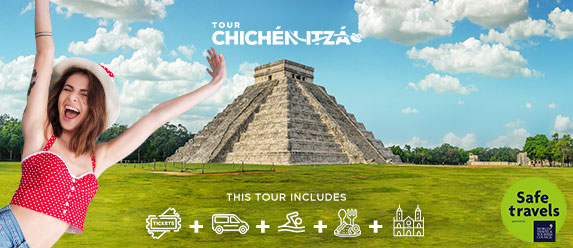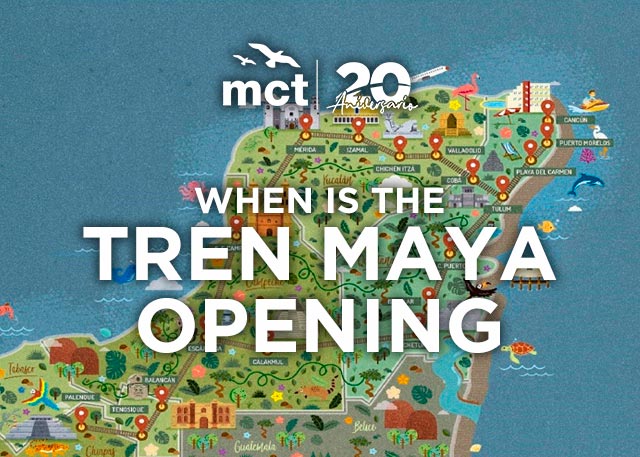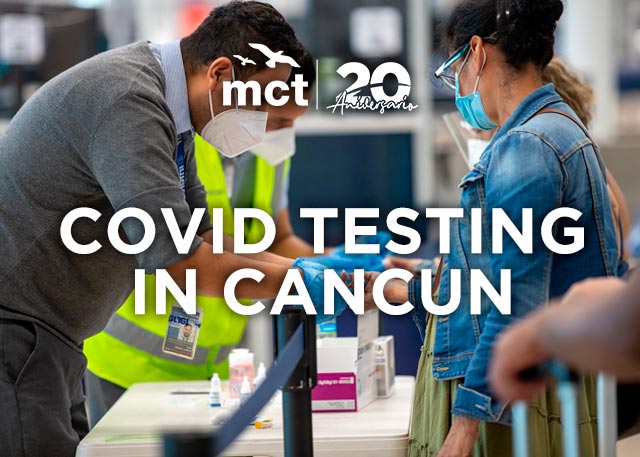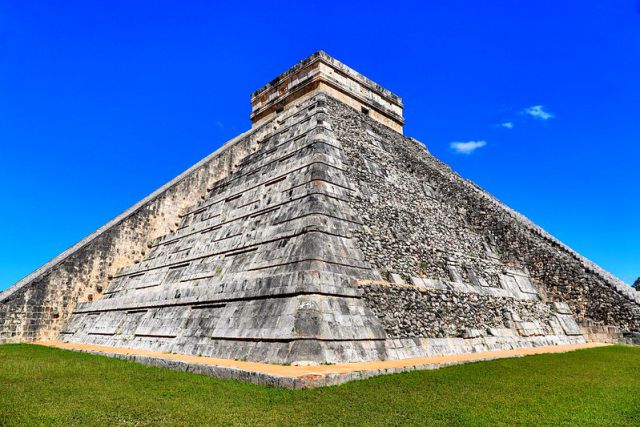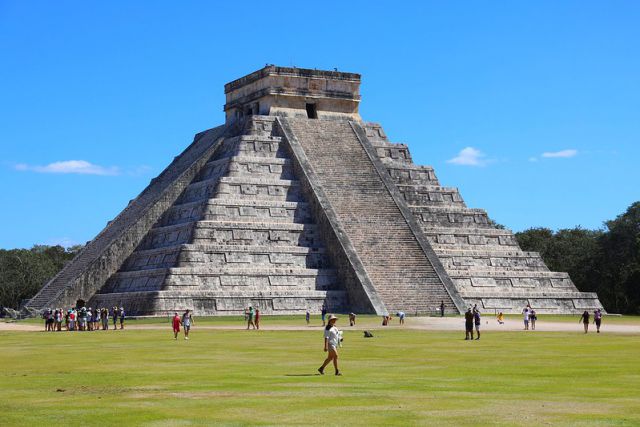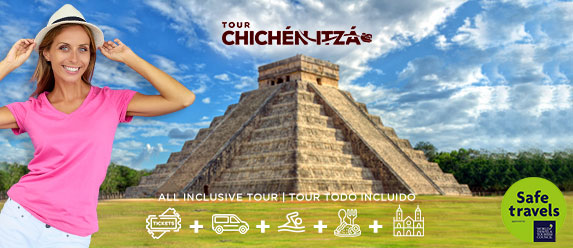Everyone is impressed with the pyramid and the activities at Chichen Itza. El Castillo, like the other ancient Mayan ruins at Chichen Itza, cannot be climbed. Local archaeologists and conservationists are protecting this ancient wonder so that future generations can also enjoy this wonder of the world. Other structures that also attract a lot of attention are: the huge Ball Game Court, an old sports field with stone platforms that measure 29m long and 7.6m high, the Pyramid of Osario, and the Temple of the Warriors, among others.
Visit this Mayan Ruins on a Private Tour
That imposing archaeological site called Chichen Itza. which in Mayan means “mouth of the Itza well”. There is no doubt, the incredible and exciting history of Chichén Itzá, founded by the Itza, a Mayan-Chontal people from the west. They assure archaeologists and researchers that it was built between the year 435 and 455 A.D.
Are you eagerly anticipating the unveiling of When is the Tren Maya Opening. The monumental project set to transform travel…
If you’re planning a trip to Cancun, Mexico during the pandemic, it’s important to know about the COVID Test Cancun…
Welcome to the captivating paradise of Cancun and the surrounding regions of Costa Mujeres, Riviera Maya, and the Yucatan Peninsula….
How to get to the Chichen Itza tour The Chichen Itza Tour is located in the north of the Yucatan Peninsula….
how far chichen itza to Cancun is? Chichen Itza from Cancun is a famous tour adventure to visit this site…
Mayan cultural heritage
The most important constructions still survive and correspond to the time of the decline of the Mayan culture itself. Called by archaeologists as the post-classical period. This city had its heyday in 987, when it became the most powerful political and religious site in the area that we now know as the Yucatan Peninsula.
Chichen Itza stories
In year 987 AD the triple alliance was formed, which was a union of priestly houses of the Yucatan peninsula. Among the most important were Chichen Itzá, Mayapan and Uxmal. However, this alliance was ended by a disagreement between governors also called in Maya language “Halach Uiniks”. One of the participants did not agree and that led to a warlike conflict. And it was for this reason that the Itza who lost, eventually had to leave the place in 1194 AD and emigrate to the Petén, where they had originally come almost ten centuries ago.
The Chichen Itza discovery
In the 16th century, a Spanish conqueror named Francisco de Montejo and the Franciscan Diego de Landa, made the first visit. And gave detailed information on the existence of the city. In 1840 John Lloyd Stephens and Frederick Catherwood arrived at the archaeological zone of Chichén Itzá. At that time the area was within the ranch of the same name that belonged to Juan Sosa. In the year 1894, the Mayanist Edward Herbert Thompson acquired the Hacienda de Chichen-Itza, carried out studies and research in the area. Especially within the sacred cenote. During these works, many objects found were improperly sent to the Museum of Archeology and Ethnology affiliated with Harvard University. Later due to pressure from the Mexican government for the objects, they were eventually returned.

